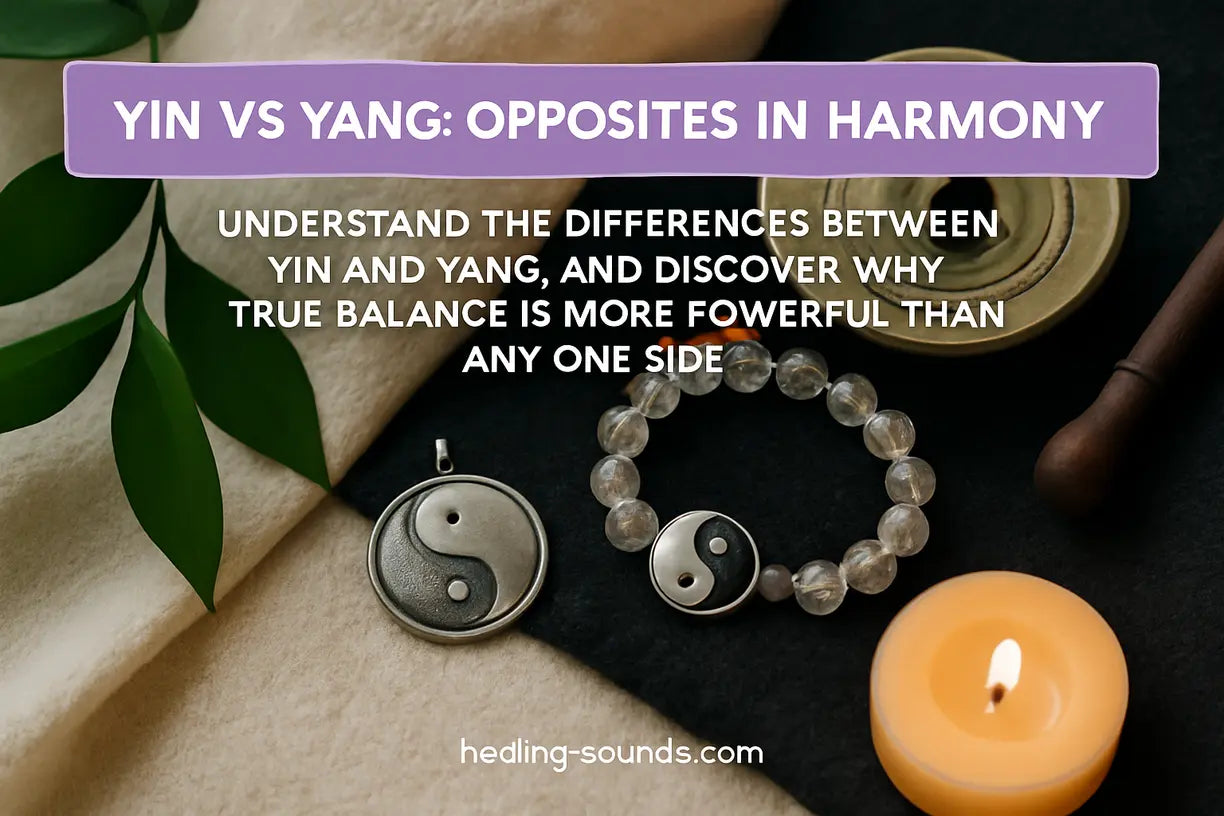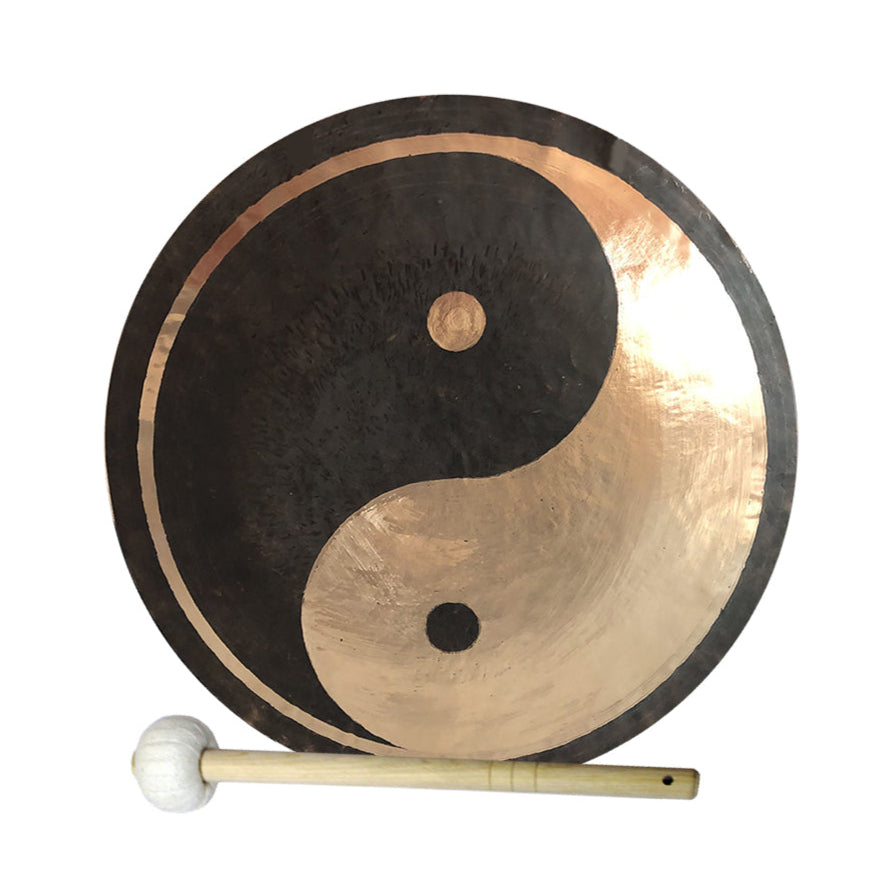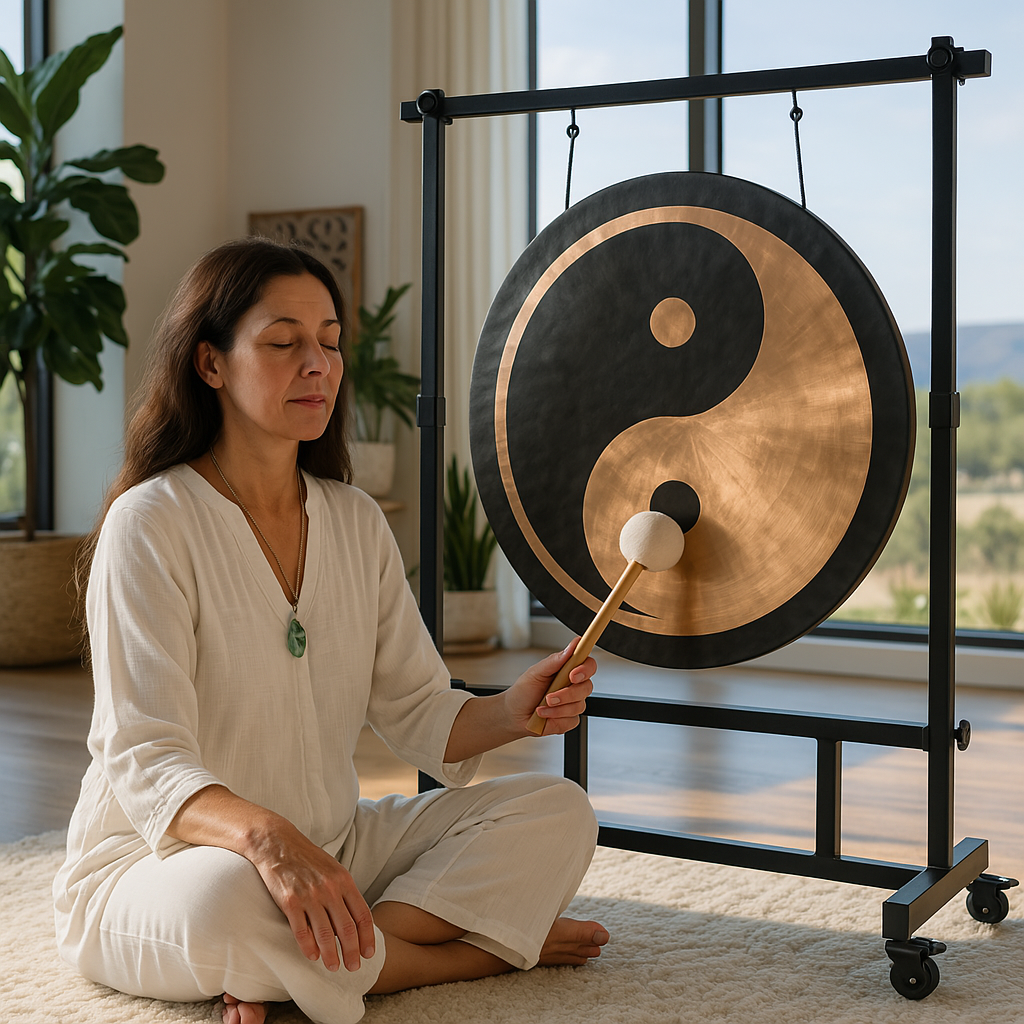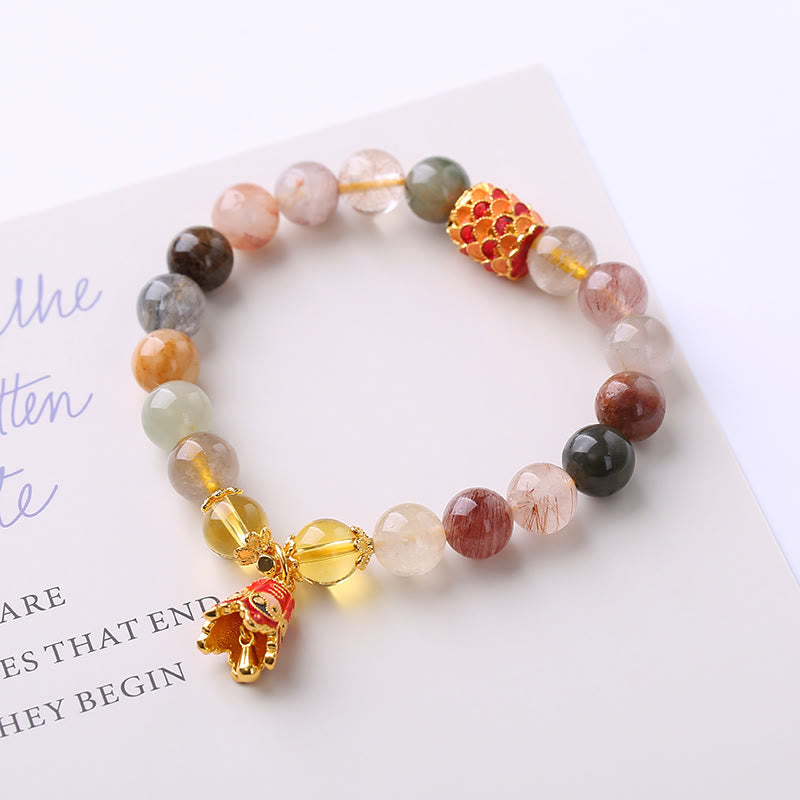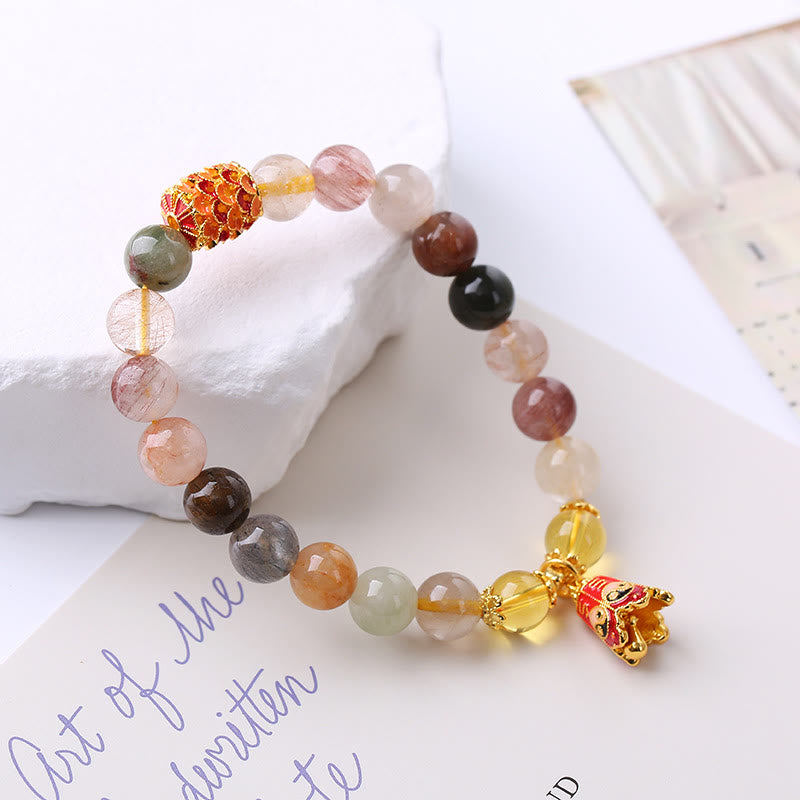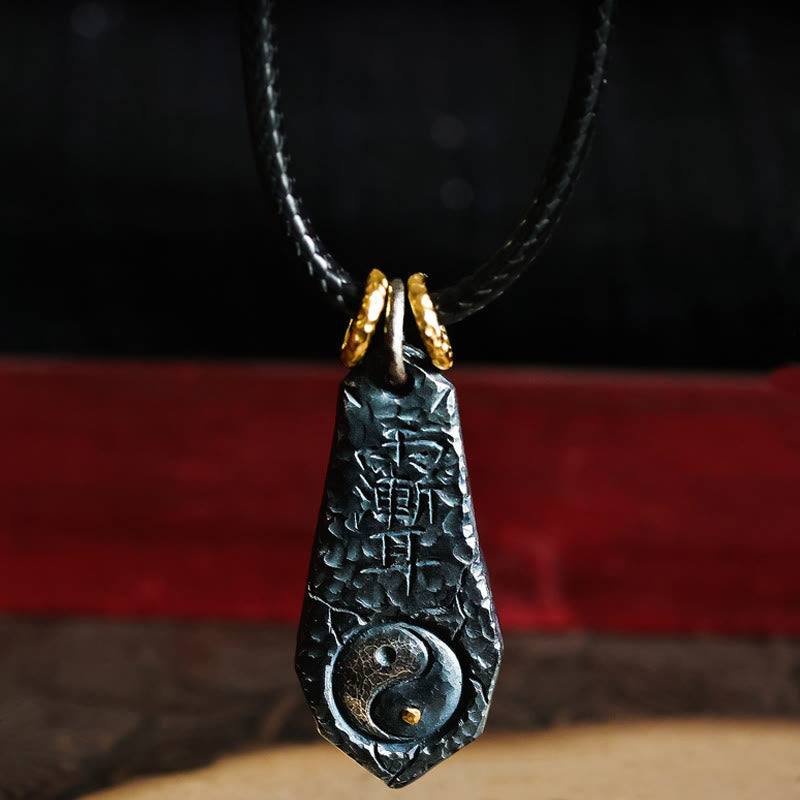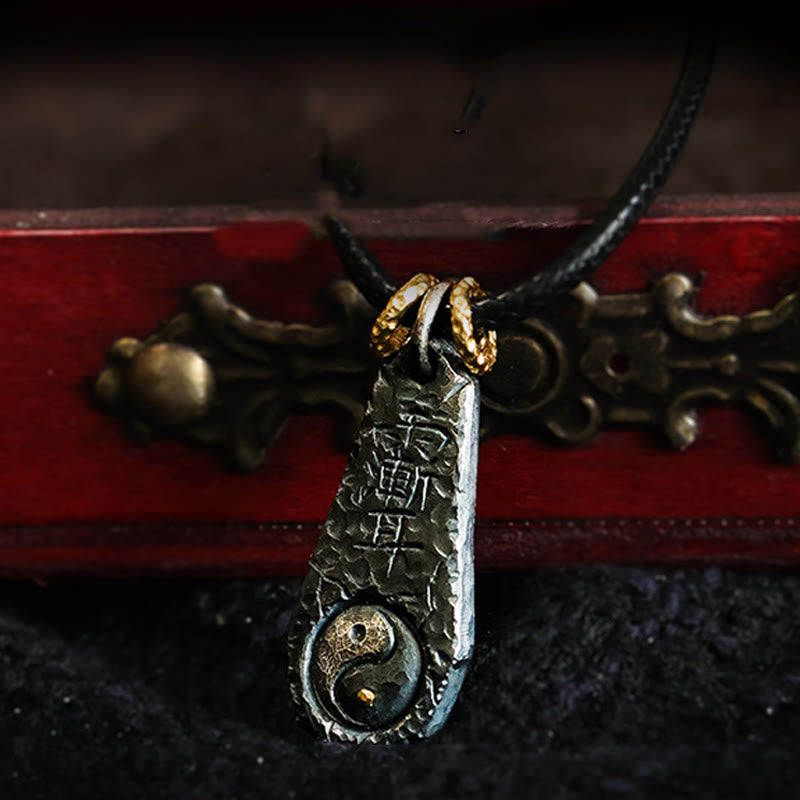Qu'est-ce que le Yin ? L'essence de l'énergie réceptive
Le yin représente le côté calme, réceptif et intuitif de la vie. C'est l'énergie qui nous encourage à ralentir, à nous tourner vers l'intérieur et à prendre soin de nous-mêmes. Pensez au calme d'un lac paisible à minuit ou à la terre fertile qui attend une graine. Le yin n'est pas synonyme de faiblesse ; il évoque une force profonde et silencieuse. C'est la pause nécessaire qui permet une véritable croissance et un renouveau. Dans notre monde trépidant, cultiver l'énergie yin est essentiel pour prévenir l'épuisement et renouer avec notre sagesse intérieure.
- Énergie : Féminine, passive, réceptive
- Élément : Eau, Terre
- Lumière : Obscurité, ombre
- Saison : Hiver, Automne
- Moment de la journée : Nuit
- Direction : vers le bas, vers l'intérieur
- Symbolisme : Lune, immobilité, intuition, introspection
Qu'est-ce que le Yang ? L'essence de l'énergie active
À l'inverse, le Yang est la force énergétique, active et tournée vers l'extérieur. C'est l'énergie de l'action, de la logique et de l'expression. Imaginez l'éclat du soleil de midi ou une puissante rivière se frayant un chemin à travers un canyon. L'énergie Yang nous pousse à atteindre nos objectifs, à créer et à interagir avec le monde qui nous entoure. Elle est associée à la structure, au mouvement et à la transformation . Sans le Yang, nos idées brillantes et nos intuitions resteraient en sommeil, sans jamais prendre forme dans le monde physique.

Yin vs Yang : un guide visuel de leurs différences fondamentales
Pour bien saisir les **différences entre le yin et le yang**, il est utile de comparer leurs attributs. Bien qu'ils semblent diamétralement opposés, rappelez-vous que c'est leur contraste qui crée une image complète et équilibrée. L'un n'est ni meilleur ni pire ; ce sont deux parties essentielles d'un tout, en interaction et en influence constantes. Ce tableau offre une comparaison claire de leurs qualités fondamentales.

| Attribut | Yin | Yang |
|---|---|---|
| Énergie | Féminin, Passif, Réceptif | Masculin, Actif, Créatif |
| Symbolisme | Lune, Nuit, Eau, Froid | Soleil, Jour, Feu, Chaud |
| Direction | Vers l'intérieur, vers le bas, en contraction | Vers l'extérieur, vers le haut, en expansion |
| Saison | Automne, hiver | Printemps, été |
| Qualités associées | Intuition, calme, bien-être | Logique, action, assertivité |
| État de la matière | Forme physique, substance | Énergie, Fonction |
La relation complémentaire : pourquoi ce n'est pas une compétition
L'aspect le plus crucial de la **philosophie yin-yang** est que ces forces ne sont pas en conflit. Elles sont partenaires dans une danse dynamique et fluide. Le symbole familier lui-même l'illustre parfaitement : dans le tourbillon noir du yin se trouve un point de yang blanc, et dans le tourbillon blanc du yang se trouve un point de yin noir. Cela signifie que rien n'est jamais 100 % yin ou 100 % yang. Chacun contient la graine de l'autre et est en constante transformation. Comme le souligne le Centre national de santé complémentaire et intégrative , ce concept est fondamental en médecine traditionnelle chinoise, où la santé est perçue comme l'équilibre harmonieux de ces forces.
La nuit (yin) cède la place au jour (yang), qui s'adoucit ensuite pour laisser place à la nuit. Le repos (yin) nourrit l'action (yang), qui nécessite finalement un repos. Ce cycle perpétuel de transformation est à l'origine de la plénitude. L'objectif n'est pas de choisir un camp, mais de comprendre comment ces énergies circulent en vous et autour de vous, en quête d'un état d'équilibre dynamique.
Trouver votre équilibre Yin et Yang dans la vie moderne
Reconnaître l'interaction entre le yin et le yang dans votre vie est la première étape pour exploiter leur pouvoir. Vous sentez-vous surmené, stressé et constamment en éveil ? Vous avez peut-être un excès d'énergie yang. Vous sentez-vous passif, léthargique ou démotivé ? Vous ressentez peut-être trop de yin. L'essentiel n'est pas d'éliminer l'un d'eux, mais d'en accueillir davantage.
- Pour inviter plus de Yin : pratiquez la méditation, faites une promenade dans la nature, tenez un journal, prenez un bain chaud ou prévoyez simplement du temps non structuré pour vous reposer.
- Pour inviter plus de Yang : démarrez un nouveau projet, faites de l’exercice vigoureux, socialisez avec des amis, désencombrez votre espace ou fixez-vous des objectifs clairs et réalisables.
La guérison par le son est un moyen puissant de cultiver l'énergie réparatrice du yin. Les vibrations profondes et résonnantes d'un gong peuvent apaiser un esprit hyperactif et apaiser le système nerveux, créant ainsi un environnement idéal pour la méditation et l'introspection.
Gong Yin Yang de 12 à 48 pouces pour les pratiques de bain sonore
$249.90
Exploitez l'harmonie du yin et du yang avec ce gong saisissant, parfait pour la méditation, l'équilibre et les puissants rituels de guérison sonore.
Explorer le produitAu-delà des pratiques spécifiques, porter un symbole physique de cette philosophie peut être un puissant rappel quotidien de la nécessité de rechercher l'équilibre dans tout ce que vous faites. Des bijoux significatifs remplissent parfaitement cet objectif, en gardant le concept d'harmonie au cœur de votre conscience.

Emportez votre solde avec vous
$27.90
$39.90
Portez ce bracelet yin yang comme un rappel quotidien de l'équilibre, de la protection énergétique et de l'unité des contraires dans la vie. En savoir plus ➔
$399.90
$549.90
Portez partout le symbole ultime de l'harmonie et de la dualité du yin et du yang avec cet élégant pendentif en argent significatif. En savoir plus ➔
Conclusion
La sagesse du yin et du yang nous enseigne que la vie ne consiste pas à choisir entre action et repos, logique et intuition, ou force et douceur. Il s'agit d'embrasser la plénitude qui naît de leur intégration. En comprenant les différences fondamentales entre ces énergies et, plus important encore, leur profonde complémentarité, on peut cesser de considérer la vie comme une lutte et commencer à la percevoir comme un flux magnifique et dynamique. Ce symbole ancien est un guide puissant pour atteindre l'harmonie personnelle, nous rappelant que le véritable équilibre réside dans l'honneur de chaque partie de nous-mêmes.
Questions fréquemment posées sur le Yin et le Yang
Ni le yin ni le yang ne sont intrinsèquement « bons » ou « mauvais ». Tous deux sont essentiels à l'équilibre et à la plénitude. La philosophie yin-yang souligne que l'état idéal est un équilibre dynamique entre les deux. Trop de l'un sans l'autre conduit au déséquilibre. Par exemple, trop de yang peut mener à l'épuisement professionnel, tandis que trop de yin peut conduire à la stagnation. La santé et le bien-être résident dans leur interaction harmonieuse.
Le yin est traditionnellement associé à l'énergie féminine , caractérisée par des qualités comme la réceptivité, l'intuition et la bienveillance. Le yang est associé à l'énergie masculine , représentant l'action, la logique et l'affirmation de soi. Cependant, il est crucial de comprendre que chaque personne, quel que soit son sexe, possède à la fois des énergies yin et yang. L'objectif est d'équilibrer ces énergies internes, et non de se conformer à des étiquettes extérieures.
Vous n'êtes ni l'un ni l'autre ; vous êtes une combinaison unique des deux. Pour comprendre votre équilibre actuel, réfléchissez à vos tendances. Êtes-vous plutôt actif, franc et analytique (plutôt yang) ? Ou plutôt réfléchi, intuitif et calme (plutôt yin) ? Reconnaître vos tendances dominantes peut vous indiquer quelle énergie vous devez cultiver davantage pour atteindre un meilleur équilibre.
La principale différence réside dans leur nature. Le Yin est lent, doux, froid, humide et passif, associé à la lune, à la nuit et à l'eau. Le Yang est rapide, dur, chaud, sec et actif, associé au soleil, au jour et au feu. Le Yin évoque l'être et le repos, tandis que le Yang évoque l'action. Ce sont des forces opposées mais complémentaires.
Principales caractéristiques du Yin : Féminin, sombre, passif, réceptif, froid, humide, intérieur et descendant. Il représente l'immobilité, la substance et la lune.
Principales caractéristiques du Yang : Masculin, léger, actif, créatif, chaud, sec, ouvert et ascendant. Il représente l'action, l'énergie et le soleil.

